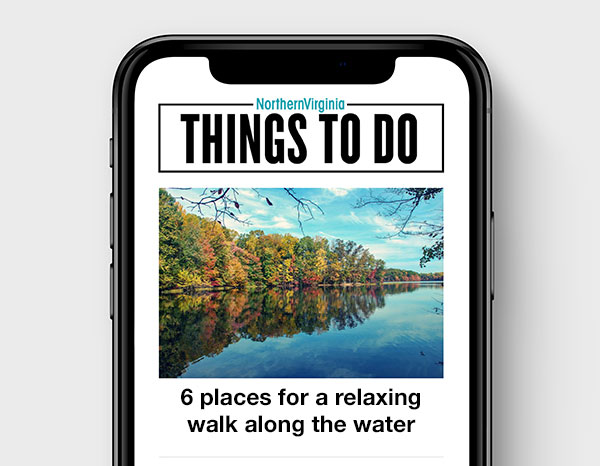Edward Lam, MD, is a board-certified physical medicine and rehabilitation physician. Fellowship trained in interventional spine medicine, Dr. Lam is an expert in using minimally invasive, nonsurgical procedures to help people with back pain, with the goal of delaying back surgery or avoiding it altogether.
Back pain is incredibly common. Four out of five Americans will experience back pain at some point in their lives, and right now, more than one-quarter of adults are dealing with low-back pain. That’s why it’s useful to know how to manage episodes of back pain, so individuals can get back to their active lives faster. It’s even more important to know what to do to prevent back pain from happening in the first place.
Here are a few do’s and don’ts that I share with my patients when it comes to back pain.
Do Stick to the Basics
You’ve probably heard some advice about protecting your back before. One example is “lift with your knees, not your back.” Simple ideas like these are easy to teach, but they’re hard to follow consistently. When you are pain-free, it feels like your back can handle anything, but that’s not the case. Using good biomechanics and maintaining proper posture consistently can prevent a lot of injuries.
Do Upgrade Your Ergonomics
When you’re sitting, the pressure on your lumbar discs in your lower back is two times higher than it is when you’re standing. If you work in an office or sit a lot, the chair you choose can make a big difference.
Although it may take some getting used to, a kneeling chair naturally aligns your spine, particularly in your lower back. Another option is to sit on the edge of a stool, which forces you to drop your femur and sit in a natural spine position
If you’re traveling, use a travel pillow or roll up a towel and place it in the small of your back when you’re in a car or on a place.
Do Get Injuries Checked by a Professional
If you injured your back and it still hurts after a couple of days, it’s smart to get it checked out. And if you have persistent pain that lasts longer than a few weeks, it’s time to check in with your healthcare provider. Even if you think it’s just a muscle strain, if it is bothering you you, a visit to urgent care or your primary care provider can help you rule out more serious causes.
Do Maintain a Healthy Weight
Because extra weight increases the load on your musculoskeletal system, being overweight can strain your spine over time. Follow a balanced diet and stay active with low-impact activities like swimming, walking, or yoga.
Don’t Bend and Twist Your Back at the Same Time
The number one cause of disc herniation is bending and twisting at the same time. So, whether you’re shoveling snow or moving boxes, remember to move your feet rather than bending and twisting your spine.
Don’t Rely on Bed Rest
Gentle activity is often better for back pain, as over time, inactivity can weaken the muscles that support your back. So, instead of bed rest, think about supporting your spine’s natural curvature and moving gently. Keep yourself limber with walking or use a pool if you have access to one to alleviate pressure on the back.
Don’t Sit All Day
Sitting in a traditional chair puts your spine in an unnatural position. Over time, sitting can lead to strain, as you slouch or hunch over while working, using devices, or driving. Instead, take regular breaks throughout the day to move and change position. You can find simple stretching routines online that can help you boost mobility and decrease pressure.
Don’t Do Crunches or Sit-ups
Exercises to strengthen your core are great for back health, but if you’re trying to prevent early spinal disc degeneration, don’t do crunches or sit-ups to work your abs or core. Instead, do planks. Repetitive flexion exercises (like crunches) can cause injury. In fact, the U.S. Marine Corps replaced crunches with a timed plank as part of its fitness testing in 2023.
Keys to Successful Treatment for Back Pain
Too often, people tend to put off seeing a doctor for back pain because they don’t want to have surgery – but there are a variety of effective, nonsurgical treatment options. From managing symptoms by modifying activities that cause pain, to using physical therapy, to the wide variety of injections and minimally invasive interventions, there are a lot of tools available to a spine specialist.
The most important step in the process is proper diagnosis. The back contains a lot of different parts – it’s a complex collection of muscles, joints, discs, connective tissue and bone. There is no cookie-cutter approach that will work for all patients. The key is to go to a provider who is dedicated to getting to the bottom of the pain’s cause and figuring out exactly what is wrong with a personalized, meticulous diagnostic approach.
For people with acute back pain, my general advice is to take it easy, and if it doesn’t get better, seek medical attention. For people with long-term back pain that isn’t getting better, my advice is to get a second opinion, and don’t lose hope.
Adopting these and other healthy habits can set you up for a pain-free back. If you’re dealing with back pain, contact the Inova Spine Program to make an appointment with one of the area’s top spine specialists.
Feature image, stock.adobe.com




